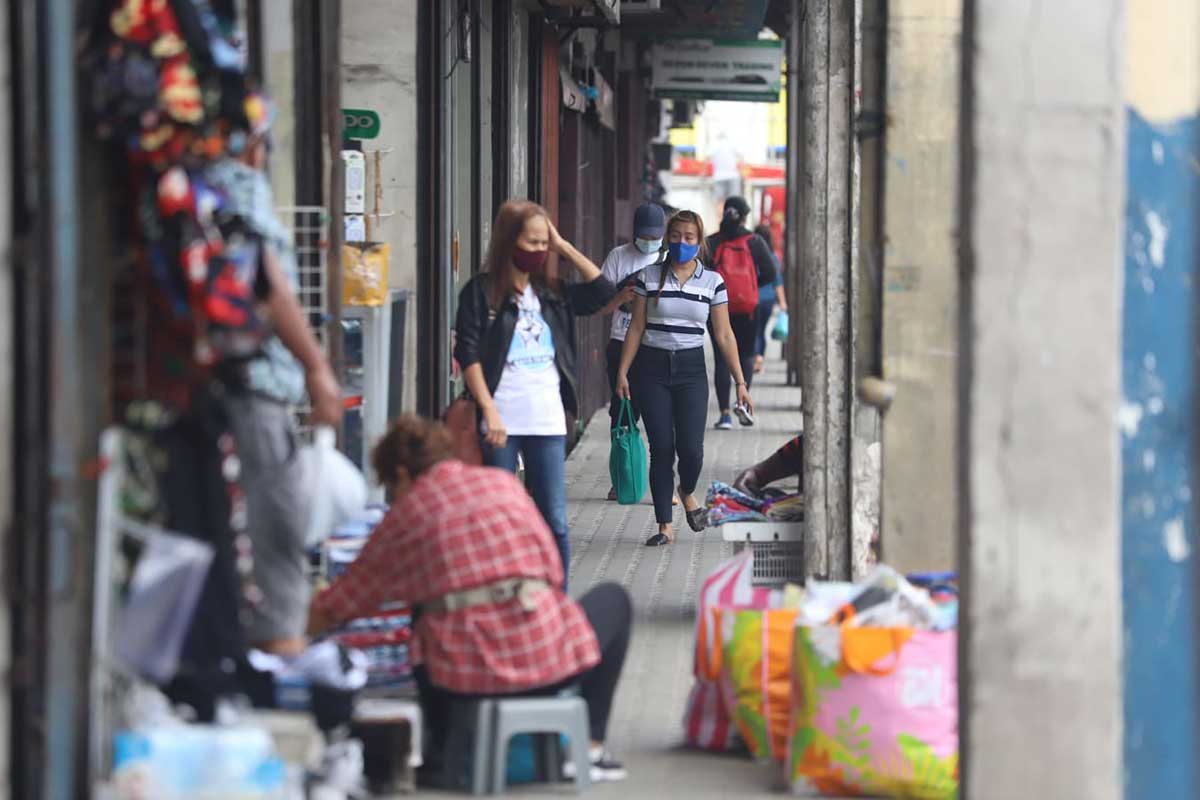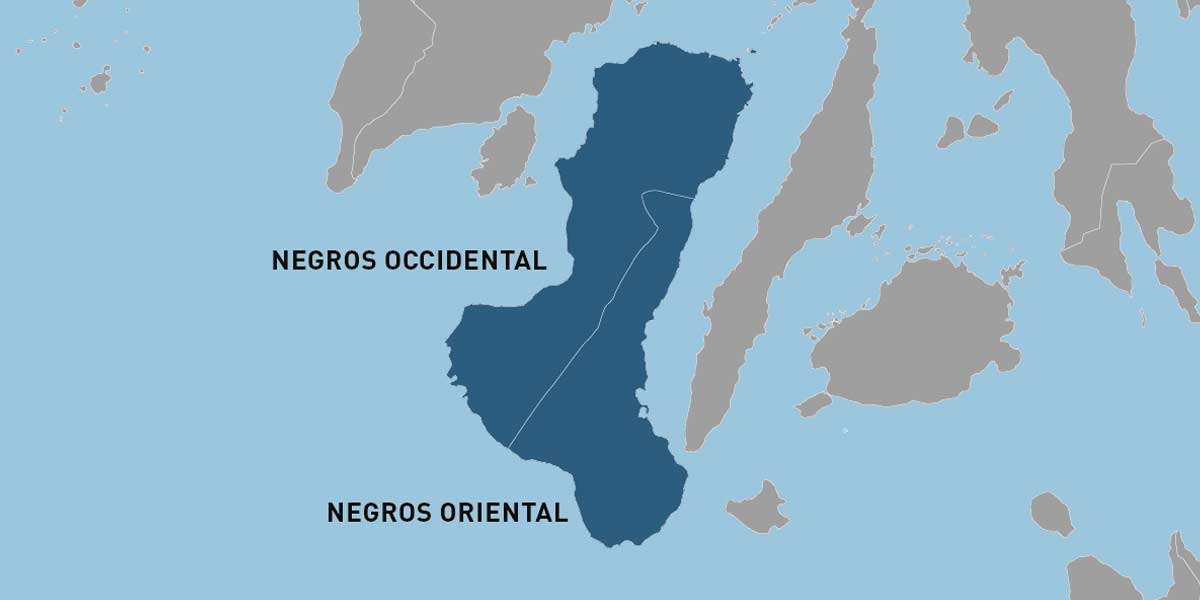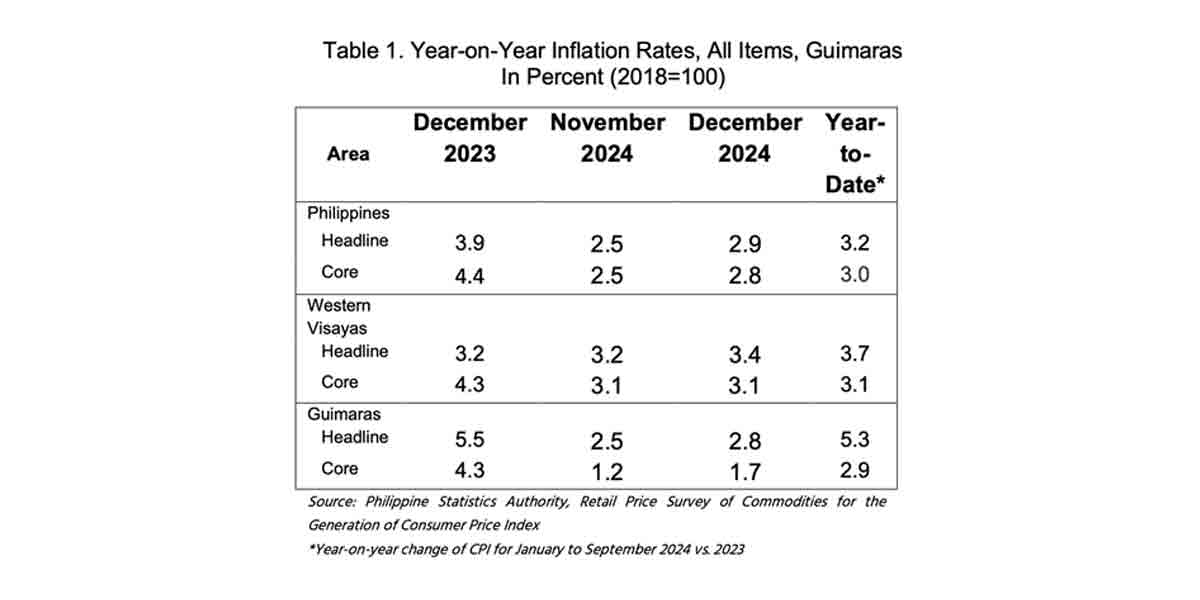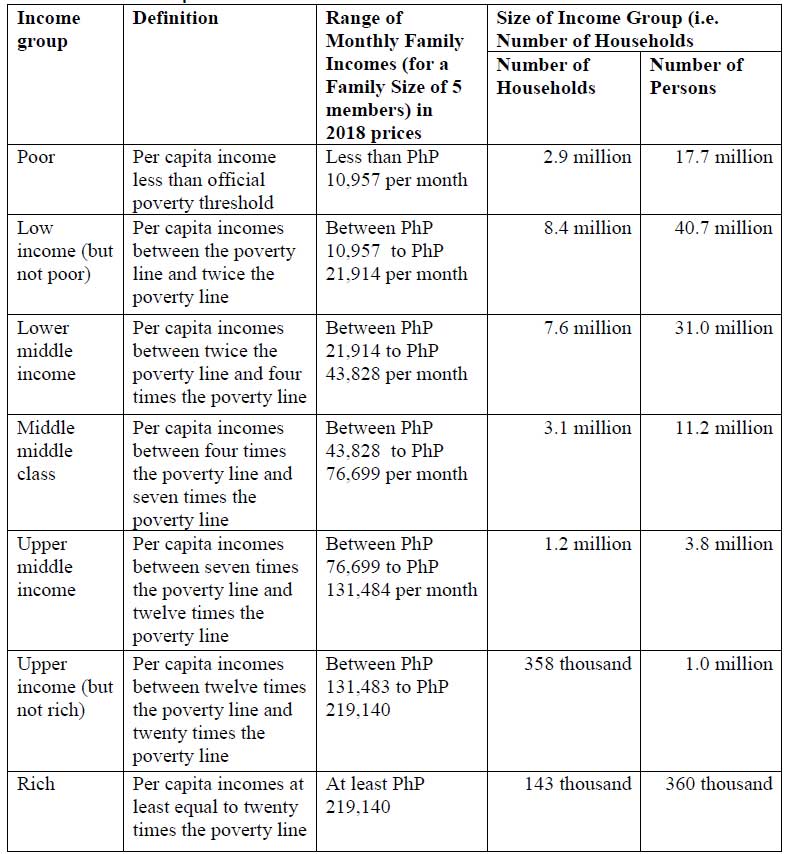
By Francis Allan L. Angelo
Rodel (not his real name) used to live comfortably before the COVID-19 pandemic hit in 2020.
He worked for a reputable service-oriented firm in Iloilo City with a salary of over P40,000, including allowances.
But his fortunes changed when COVID-19 forced businesses to shut down for months on end. Rodel was let go and while he was assured that he will be re-hired if things normalize, he decided to tend to their retail store in the meantime. He now tries to support his family with a more meager income of 15,000 a month.
Rodel’s story gives a human face to a market research study that profiled the income status of Ilonggos.
The study showed that almost half of families (47%) in Iloilo City and province fall between the poor income and lower middle-income brackets.
In monetary terms, 47% of Ilonggo families earn roughly P31,560 a month or even less, with most of them earning P7,891 to P15,780 a month.
These findings were gathered through a market research study conducted in August 2021 by Prometheus, the first and only full-service marketing agency and public relations firm based in Iloilo City.
The study sought to better understand the online behavior and attitude of Ilonggos and included a research on the income levels and employment status of the Ilonggos.
Think-tank Philippine Institute for Development Study (PIDS) defined income brackets in its discussion paper entitled “Poverty, the Middle Class, and Income Distribution amid COVID-19.”
Published in August 2020, or more than a year since the pandemic ravaged economies and communities, the paper cited data from the Philippine Statistics Authority (PSA), particularly its 2018 Family Income and Expenditure Survey (FIES), to classify and define income groups. (See table below)
The Prometheus survey somehow validated the FIES and PIDS findings that 47.7% of households in the country are low-income, while about half (50.1%) are middle-income, and 2.1% are high-income.
“Of the middle-class households, less than two thirds (63.6%)) are in the lower middle group (comprising about 7.6 million households), about a quarter (26.2%) are middle group (consisting of 3.1 million households), and a tenth (10.1%) are in the upper middle group (made up of 1.2 million households),” the PIDS paper added.
The FIES provides data on family income and expenditure which include among others levels of consumption by item of expenditure as well sources of income in cash and in kind.
It specifically discusses levels of living and disparities in income and spending patterns of families belonging to different income groups.
It also includes related information such as number of family members employed for pay or profit (or as wage, salary, or own-account workers); occupation, age, and educational attainment of household head; and other housing characteristics.
EMPLOYMENT
The Prometheus study also found that 44% of the Ilonggos are full-time workers while 14% are self-employed. Most of these full-time workers and self-employed fall under the lower middle income and middle-class bracket.
On the other hand, although only 6% of Ilonggos work part-time, majority of them are from low-income families.
The research was conducted through random purposive sampling. The company gathered the data from 1,560 respondents who were spread out evenly across 5 districts in the province and Iloilo City.





















